History of Psytrance
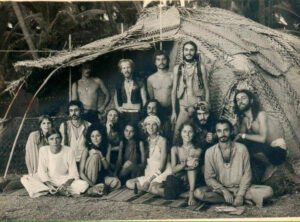 The first hippies who arrived in Goa, India in the mid-1960s were drawn there for many reasons, including the beaches, the low cost of living, the friendly locals, the Indian religious and spiritual practices and the readily available Indian cannabis, which until the mid-1970s was legal.
The first hippies who arrived in Goa, India in the mid-1960s were drawn there for many reasons, including the beaches, the low cost of living, the friendly locals, the Indian religious and spiritual practices and the readily available Indian cannabis, which until the mid-1970s was legal.
During the 1970s the first Goa DJs were generally playing psychedelic rock bands such as the Grateful Dead, Pink Floyd and The Doors.
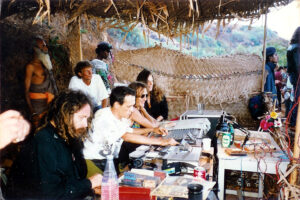 In 1979 the beginnings of Electronic Dance Music could occasionally be heard in Goa in the form of tracks by artists such as Kraftwerk but it was not until 1983 that DJs Laurent and Fred Disko, closely followed by Goa Gil, began switching the Goa style over to electro-industrial/EBM.
In 1979 the beginnings of Electronic Dance Music could occasionally be heard in Goa in the form of tracks by artists such as Kraftwerk but it was not until 1983 that DJs Laurent and Fred Disko, closely followed by Goa Gil, began switching the Goa style over to electro-industrial/EBM.
The tracks were remixed, removing the lyrics, looping the melodies and beats and generally manipulating the sounds in all manner of ways before the tracks were finally presented to the dancers as custom Goa-style mixes.
By 1990–91 Goa was no longer under the radar and had become a hot destination for partying. As the scene grew bigger, Goa-style parties spread like a diaspora all over the world from 1993. Parties like Pangaea and Megatripolis in the UK helped spawn a multitude of labels in various countries (U.K. Australia, Japan, Germany) to promote psychedelic electronic music that reflected the ethos of Goa parties, Goa music, and Goa-specific artists, producers, and DJs.
Goa Trance as commercial scene began gaining global traction in 1994. The golden age of the first wave of Goa Psy Trance as a generally agreed upon genre was between 1994–97.
Recently Psytrance seems to be making a revival and it can now be found in countries in all parts of the world with, particularly active scenes in Israel, South Africa, Australia, Japan, Germany and the U.K..

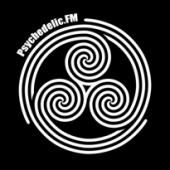
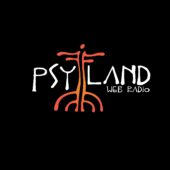 PSYLAND WEB RADIO
PSYLAND WEB RADIO 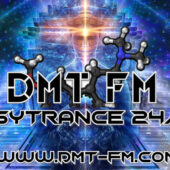 DMT FM
DMT FM